Vespa Polini 210, bgm PRO 60mm, Dellorto SI26 - Tuning test engine - Part 2
Also the Polini velocity stacks and Dell Orto SI 26 let's take a closer look. Why do you need this funnel anyway?
In the end it simply helps the carburetor to suck in more air and to ensure a better filling with fresh gases. More ignitable fresh gases in the cylinder ensure more available power.
A larger volume of air must of course also be fed with more fuel. That's why Polini has already put one in the intake trumpet for the 200 engines 138 main jet at.
There is also an undercut in the funnel in the area above the auxiliary and air nozzle. This fulfills the task of supplying air, similar to the effect of drilling open the original SI filter base arises and helps the carburetor to a significantly better tunability and throttle response.
Since the actual air filter is no longer required by using the Polini funnel, Polini has come up with a clever solution.
An air filter is mounted on an adapter for the carburetor pan.
When assembling the adapter ring you should make sure that you have all the grub screws of the adapter, as well as all necessary connections on the carburetor pan for Gas- and Choke cable as well as the connection for the Oil hose which can achieve separate lubrication.
The fact that Polini has already included a 138 main nozzle in the funnel set gives an idea of how much the air throughput could be increased. From a main nozzle size of approx. 130 you should take some precautions with the SI carburettor to keep the fuel supply constant.
First of all, a continuity test of the fuel tap should be on the program. For performance-oriented engines, the fuel tap should provide a flow rate of at least 280-300ml / min. Most standard petrol taps fail in this discipline, our remedy is here Faster Flow fuel tap.
Except for a well-functioning tank ventilation in the filler cap, can no longer be optimized in the tank area.
In the carburetor itself, however, there are also other bottlenecks which can have an unpleasant effect on the fuel balance.
The small float chamber of the SI carburetor must be constantly supplied with petrol under full load.
Unfortunately, the energy-giving juice must first pass through the eye of the needle "float needle valve".
The best way to do this is to swap it Float chamber cover against the variant of the Cosa carburetor .
On the right the normal SI cover, on the left the Cosa version.
In addition to the larger float needle, the valve bore and the needle seat are also made significantly larger.
We are also increasing the inlet to the float needle valve to 3mm.
Now we have done everything so that the float chamber is full of juice in every driving situation.
However, the carburetor still has a hidden bottleneck in store for us.
The inlet from the float chamber to the nozzle assembly.
The fuel must rush to the main jet as quickly as possible through the tiny hole in the center of the picture.
The crux of the matter here is that the bore is too small at 1,5mm from a certain main nozzle area. Approximately comparable to a 150 main jet. In order to ensure free travel here, the channel is drilled to 2mm. The hole on the left is only used to feed the choke system and does not require any further attention.

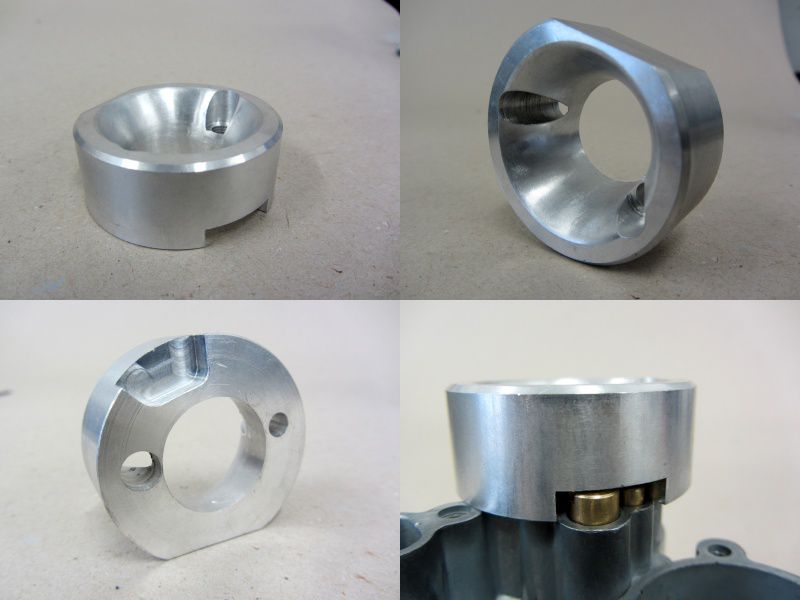
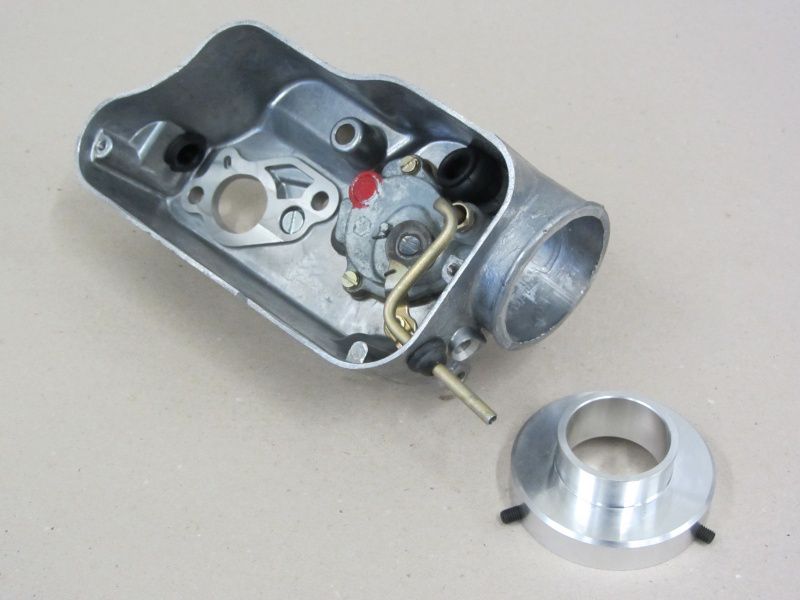
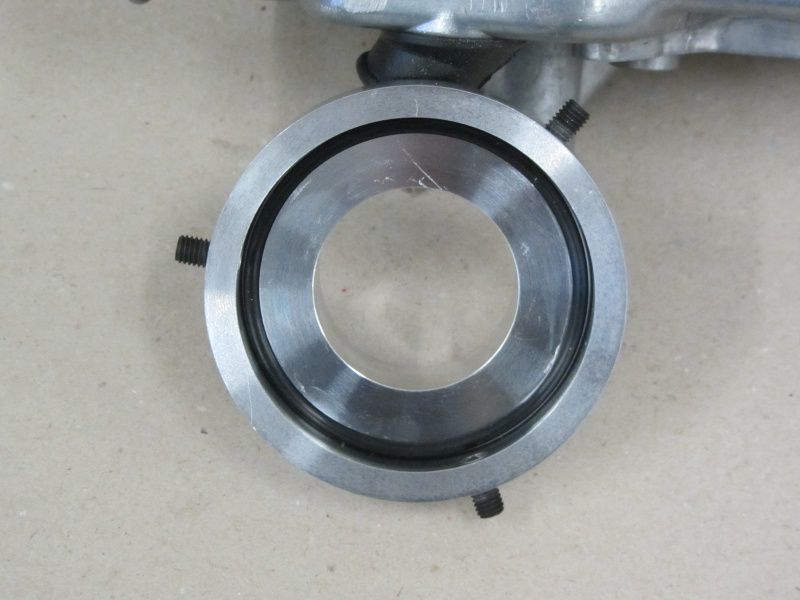
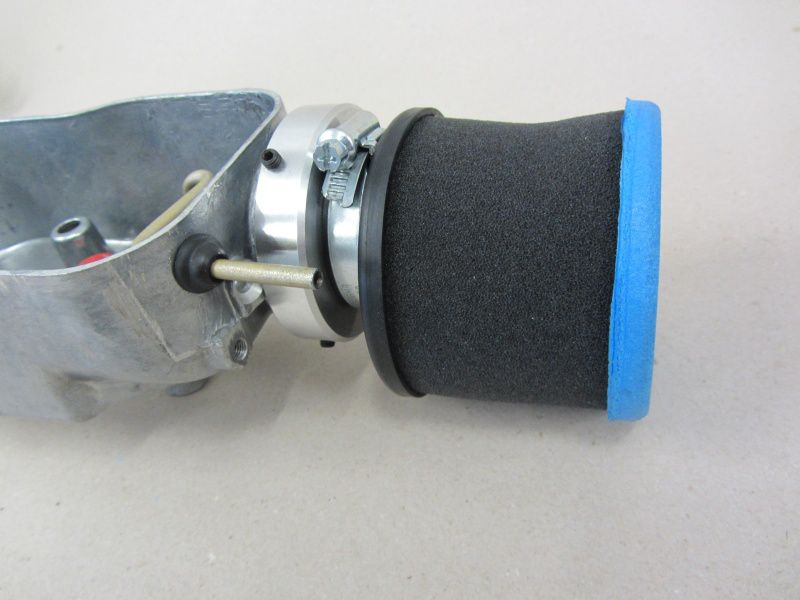
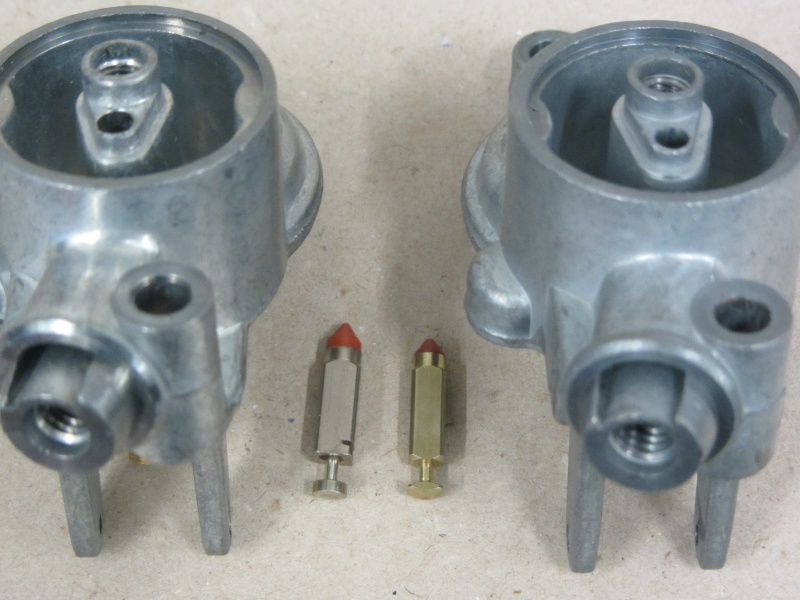
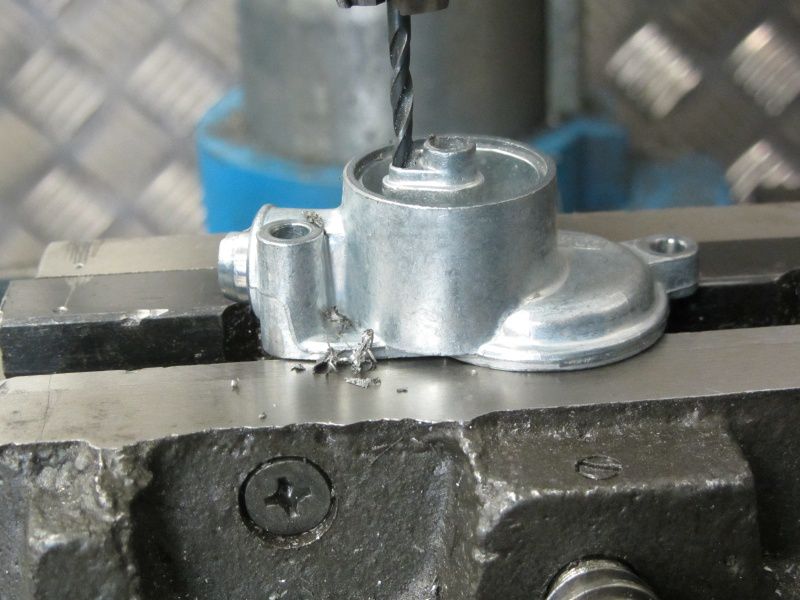

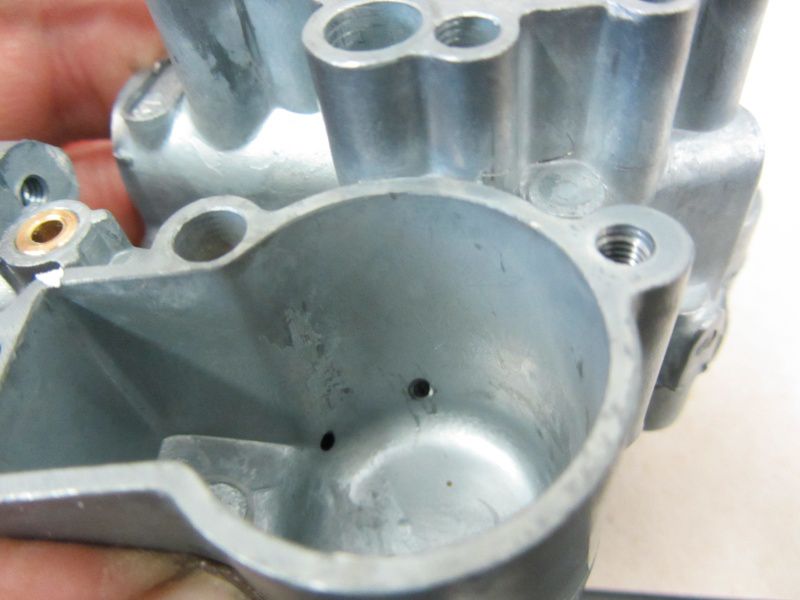


Leave a Reply
Want to join the discussion?Feel free to Contribute!